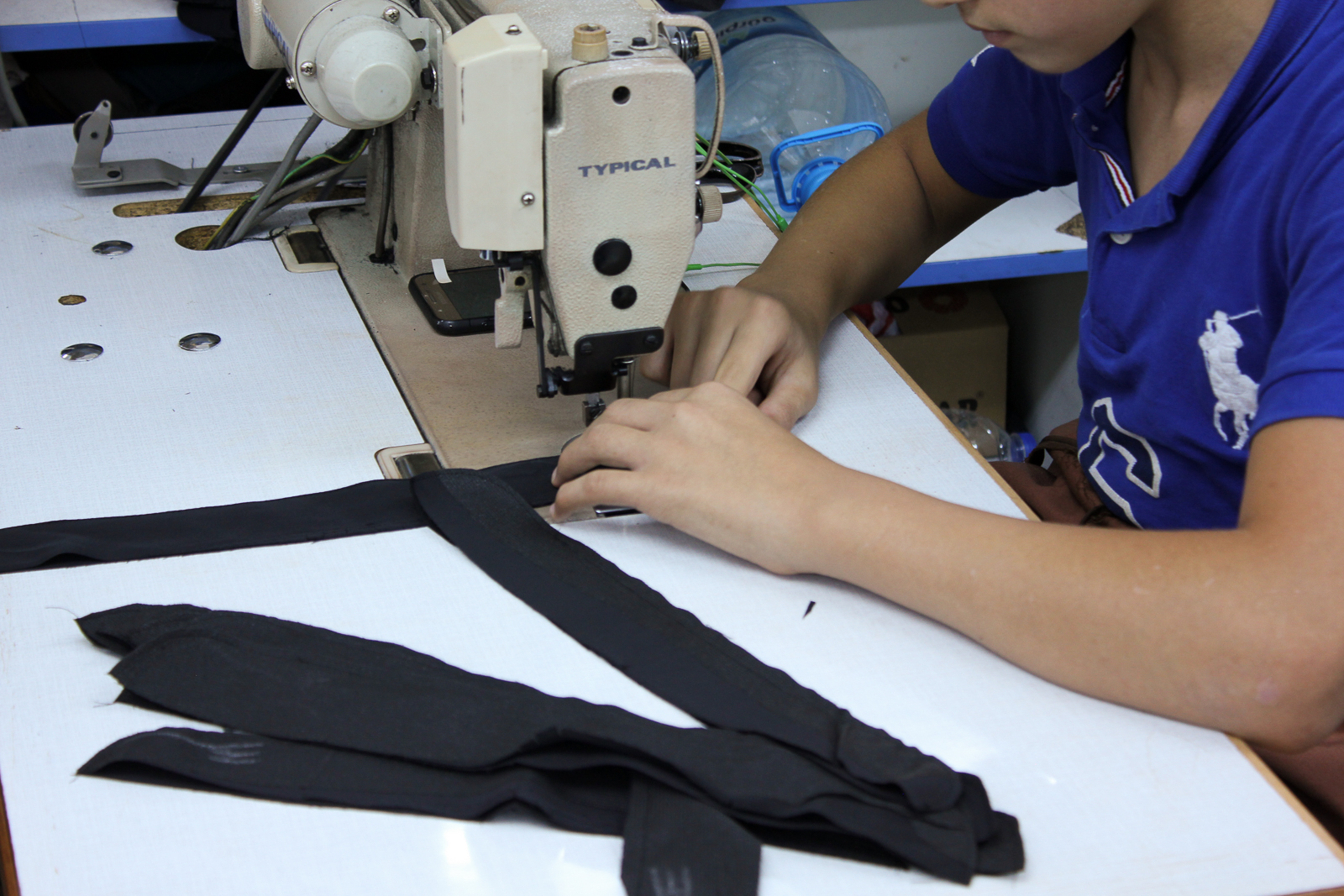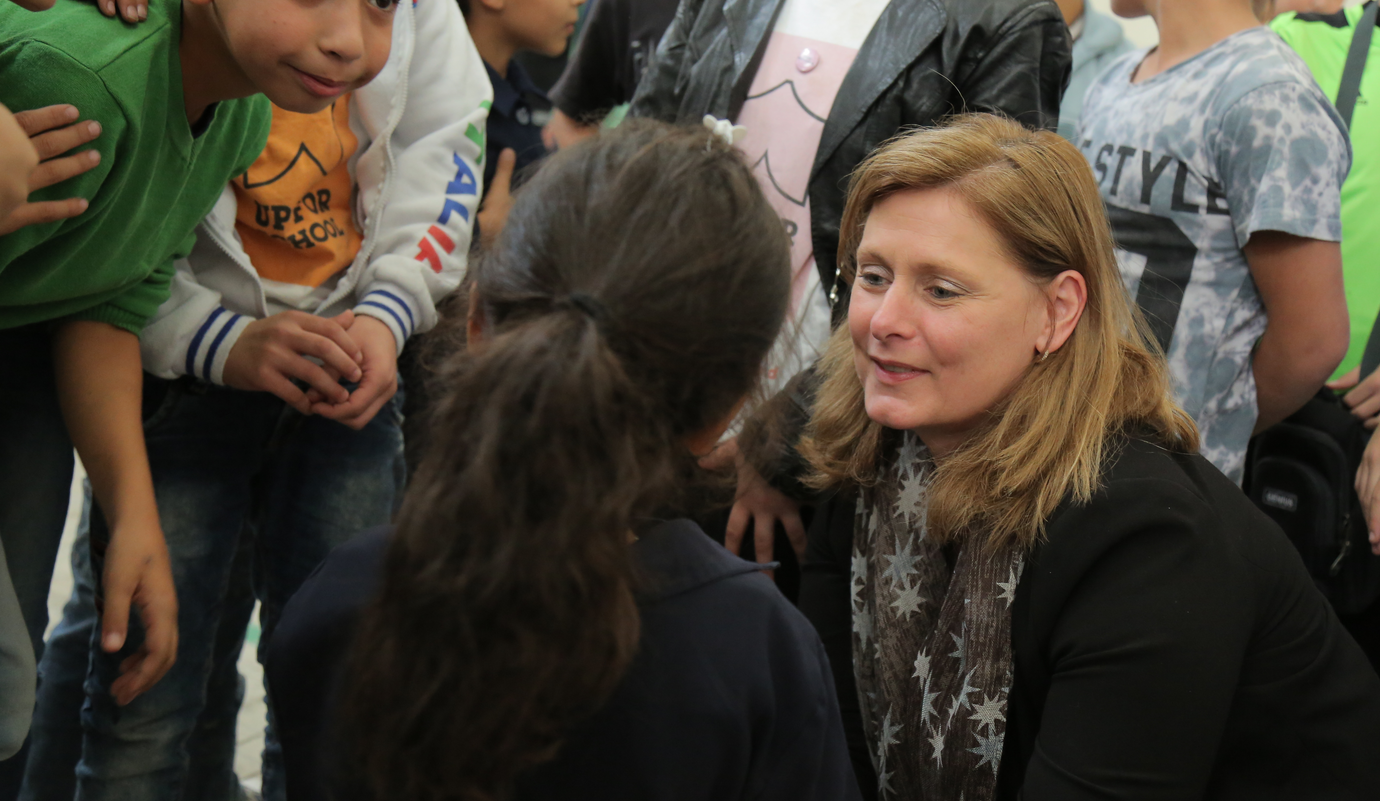
Child labour falls in Colombia but still keeps 850,000 children out of school
Barriers to education, Child labour, Right to education
Children in rural areas are still working in huge numbers in sectors like agriculture and forestry to earn money for their families.
The number of children working in Colombia has fallen by nearly 300,000 in the past four years – but child labour remains rife in rural areas, researchers have said.
The percentage of children aged five to 17 working in the South American country dropped to 7.8% in 2016 from 10.2% in 2012 – equivalent to 291,000 children – according to a report by the National Union School (ENS) research centre.
While Colombia’s child labour rates have fallen, about 850,000 children still work and are not in school, either full-time or at all.
Most children are found working in the agriculture, cattle ranching and forestry sectors, as well as in hotels and restaurants, the report said.
It is still common to see children working on city streets as vendors and cleaning car windscreens, as well as on farms.
“It’s indisputable that as long as working conditions of adults don’t improve … children will continue to be part of an alternative generation of income for families,” the Medellin-based centre said.

Further driving child labour rates are local cultural attitudes, under which work is seen as character building for children and as a normal part of development, the report said.
Under Colombian law, children under 15 are not allowed to work and no child can be employed in a hazardous job that poses a risk to health or life.
In rural areas, child labour rates are nearly double that of urban areas, the report noted.
“This difference is understandable, but not acceptable, given the lack of decent work in the countryside and access to services such as education,” it said.
Hundreds of children in Colombia have also been forcibly recruited by gangs to work as couriers of drugs and arms, according to human rights groups.
“Child labour is one of the conditions that most affects the development of children in the world and in Latin America,” the report said.
Globally, more than 150 million children, or nearly one in 10, are victims of forced labour. Progress in reducing that number has slowed, according to latest estimates by the United Nations labour agency, the International Labour Organization (ILO).
Child labourers are deprived of education and are more likely to have to settle later in life for unpaid work for the family or low-paying, unskilled jobs, the ILO says.
More news

“Education can help to end child trafficking”
